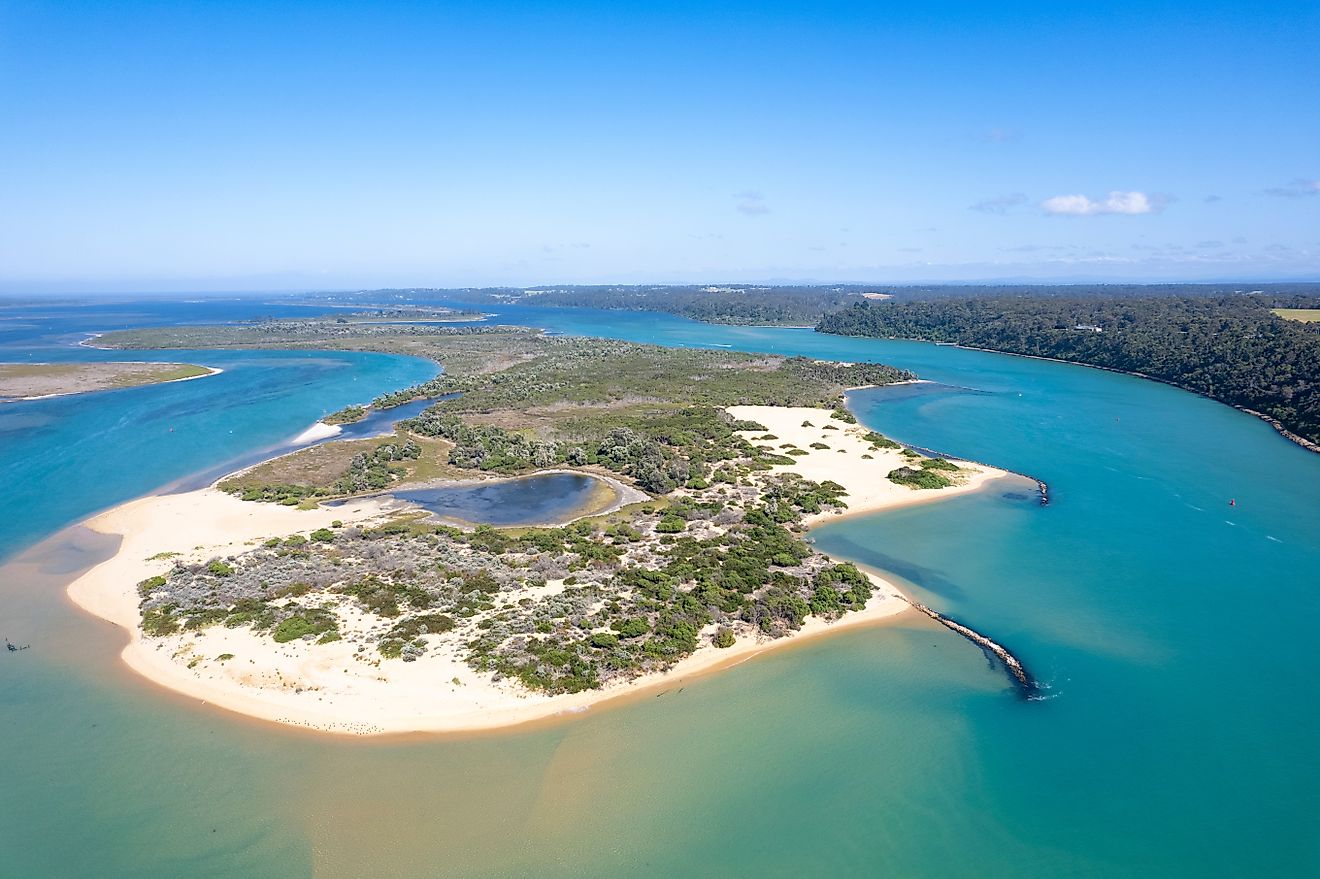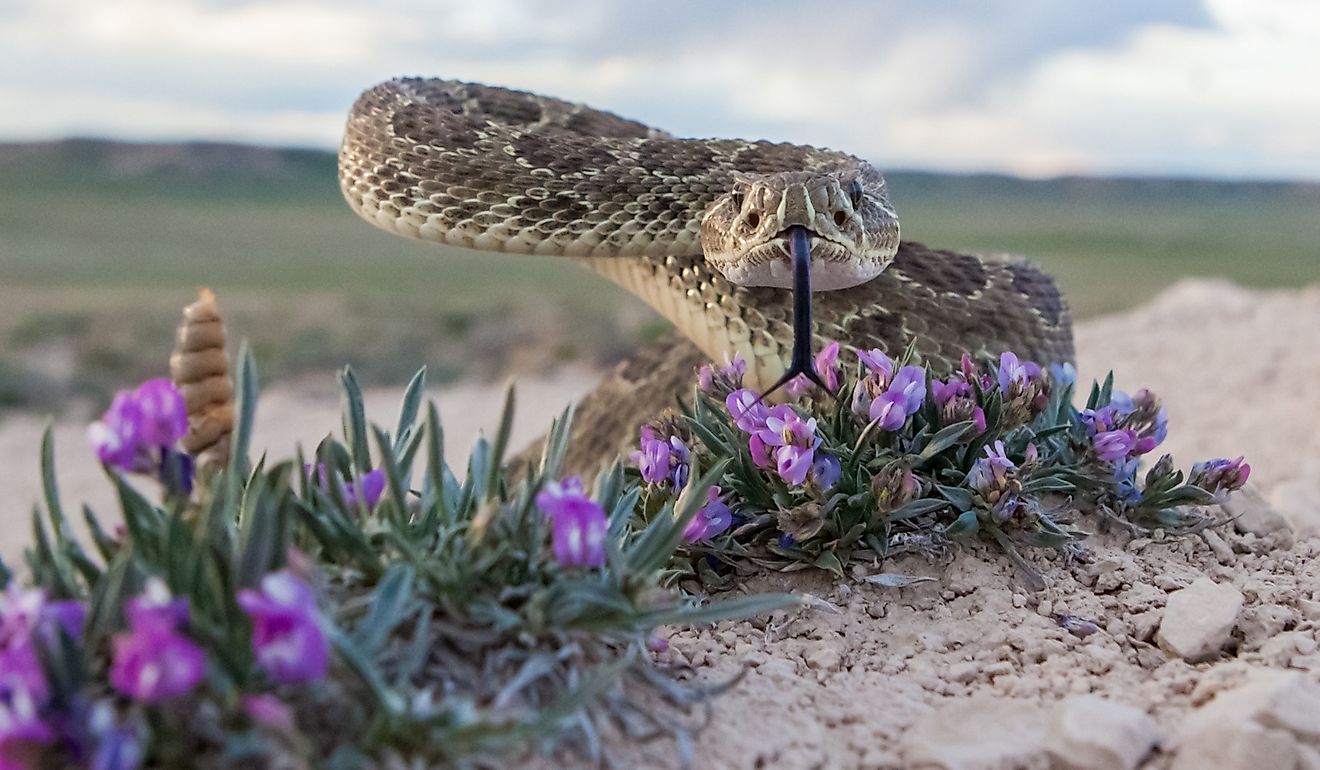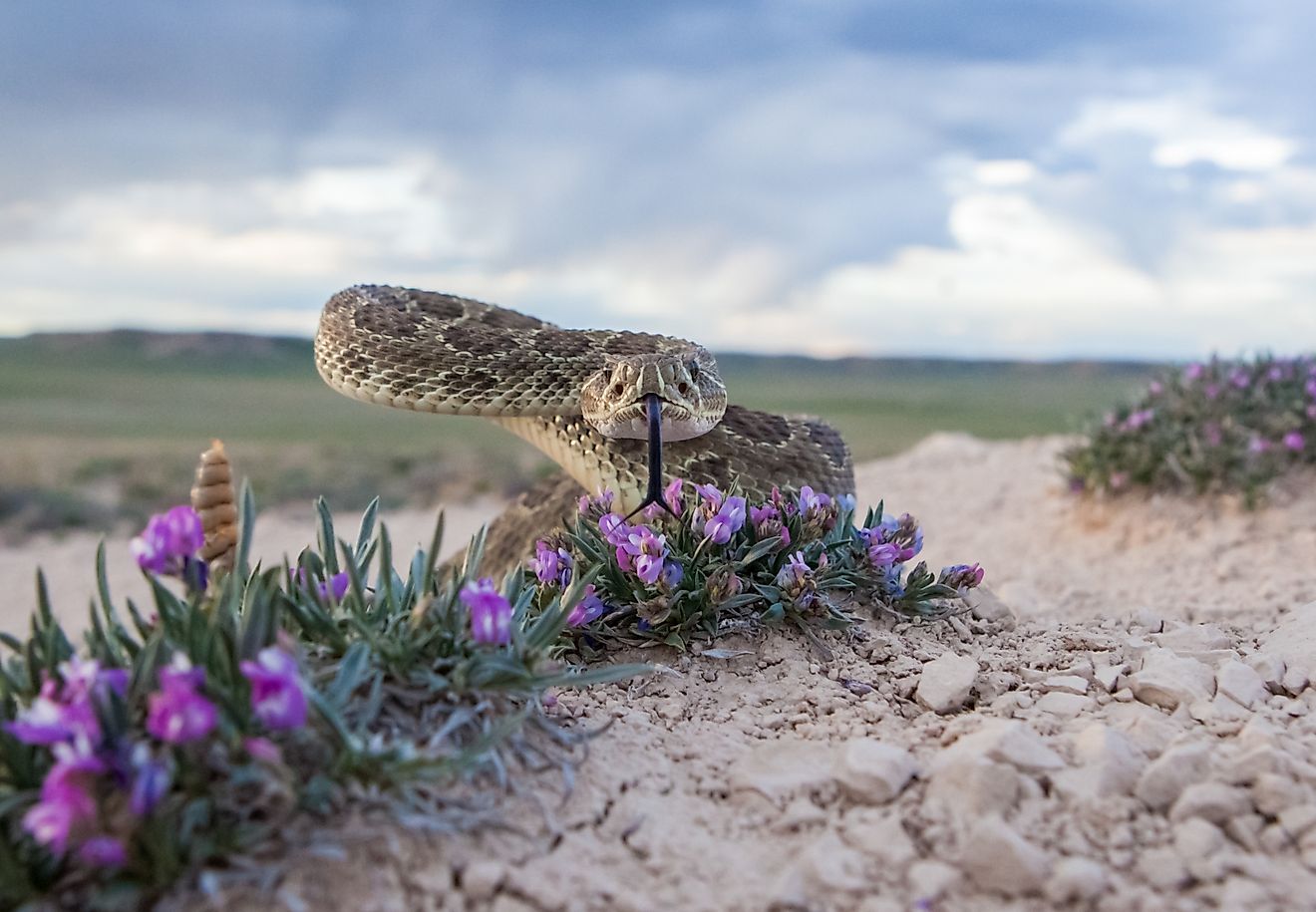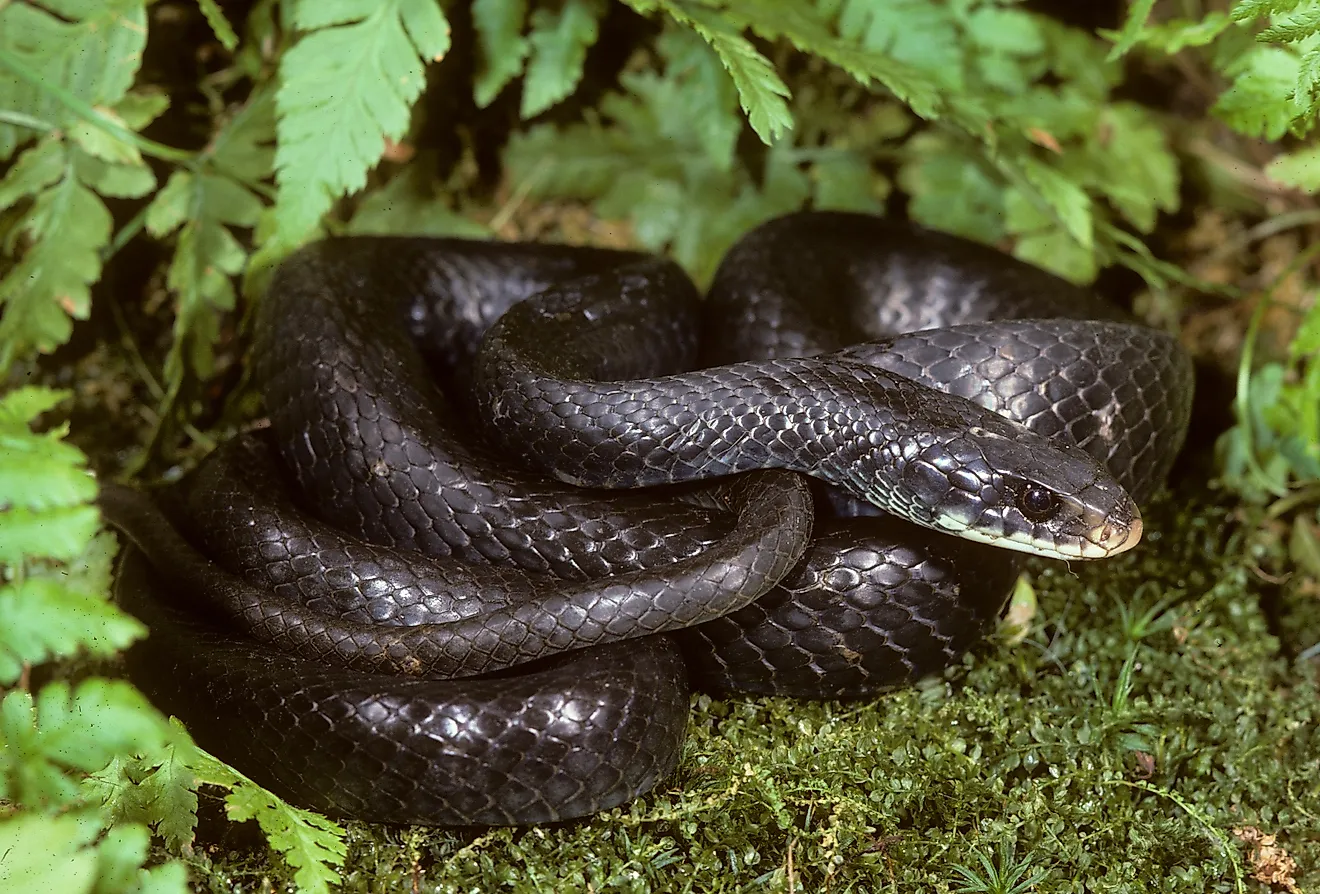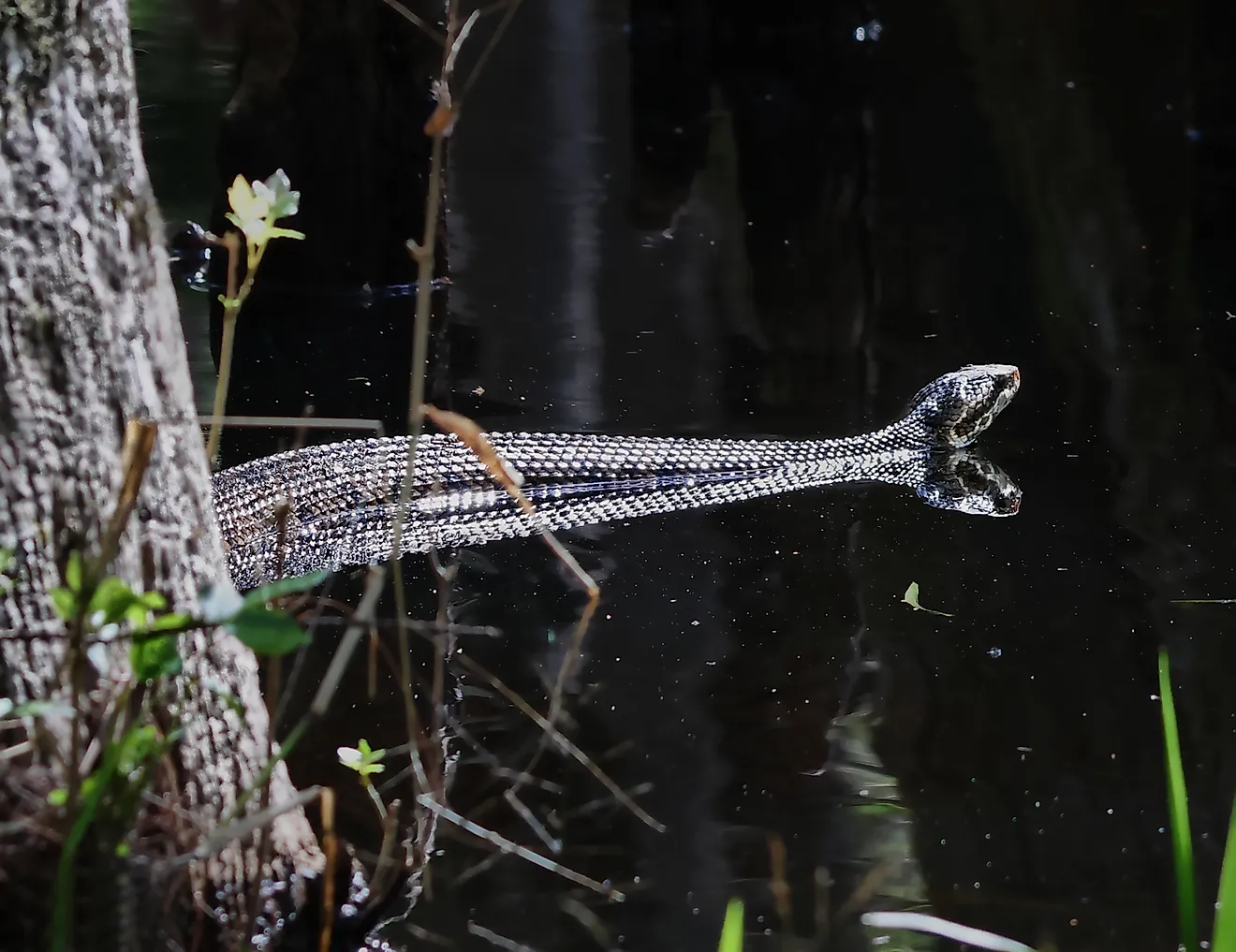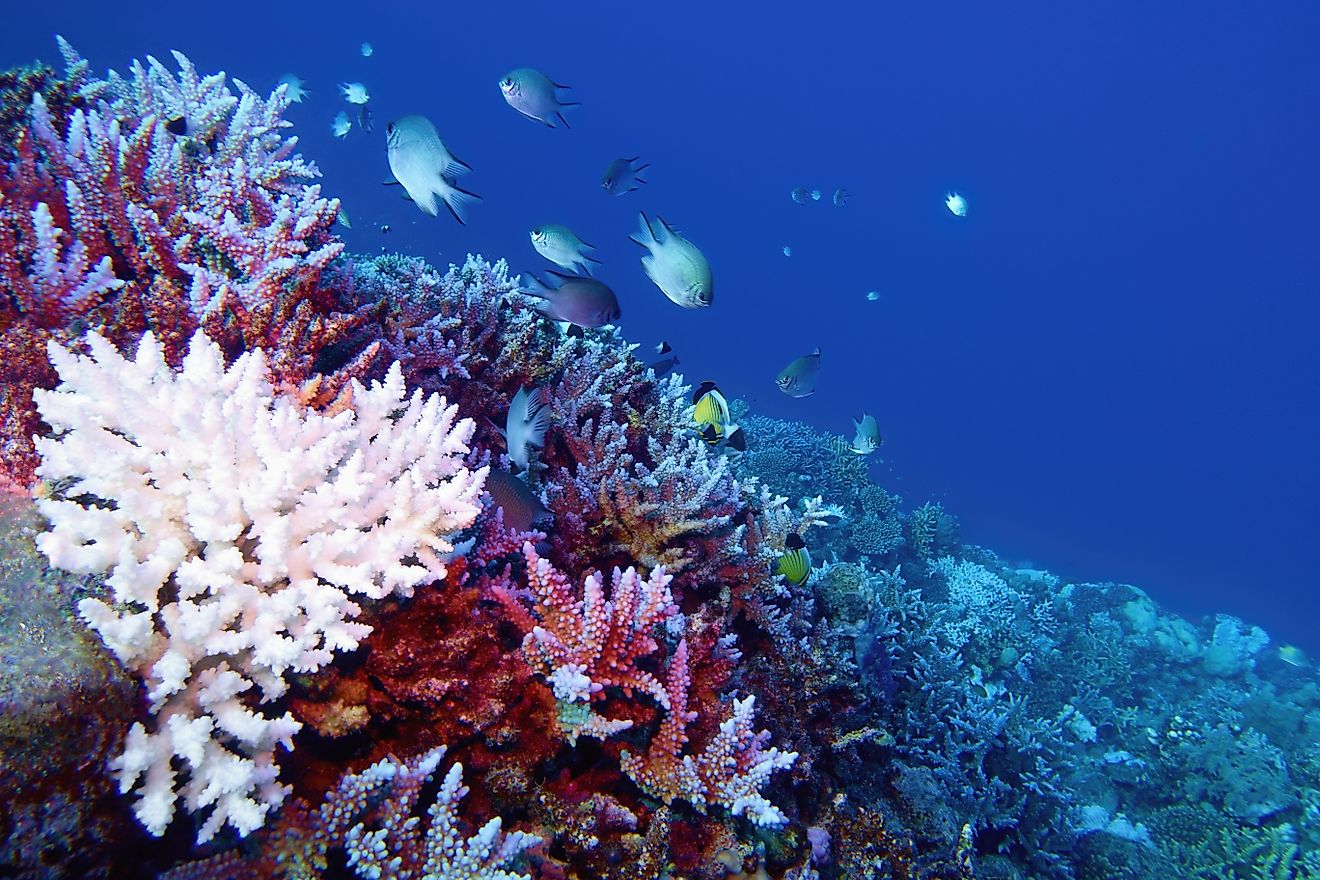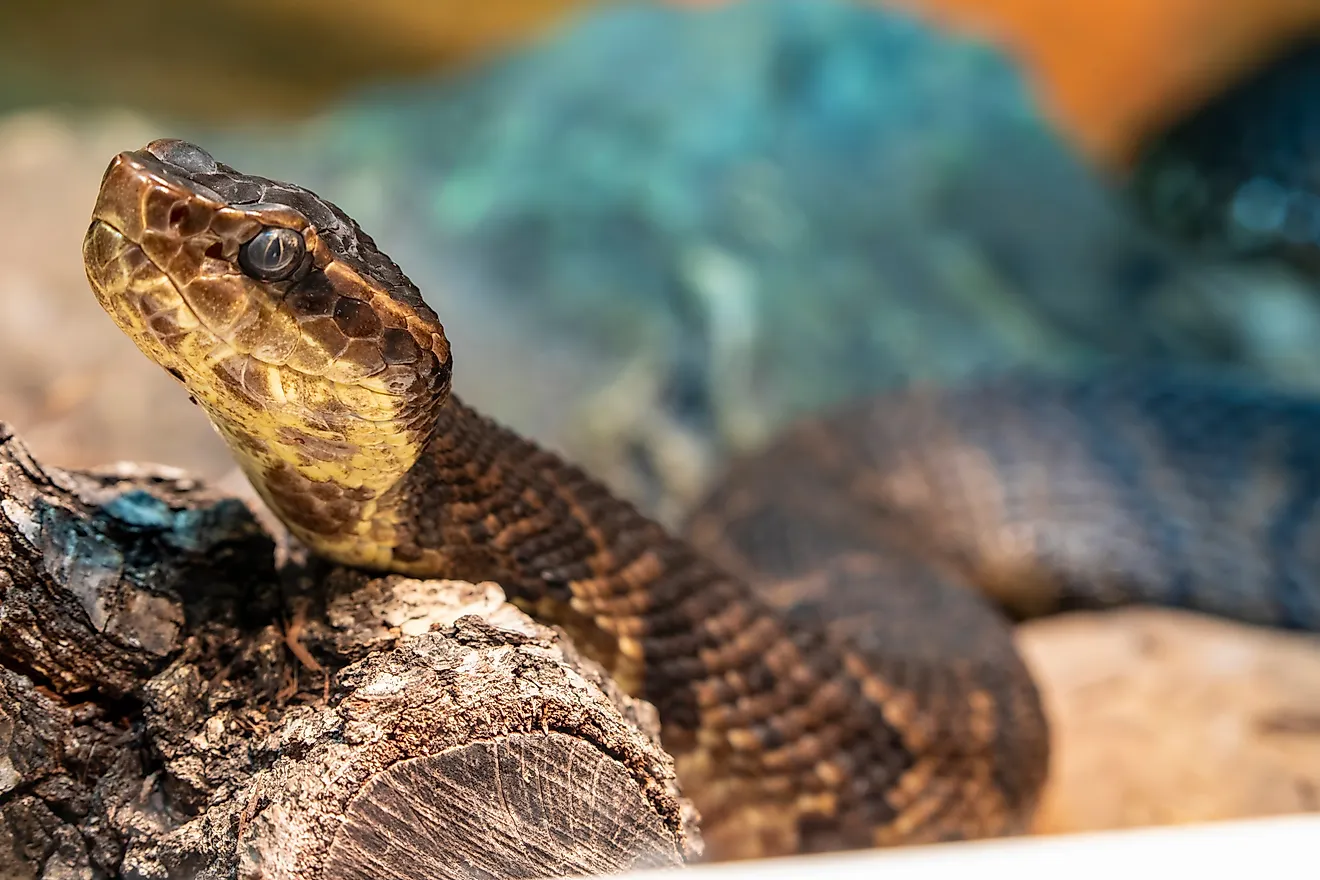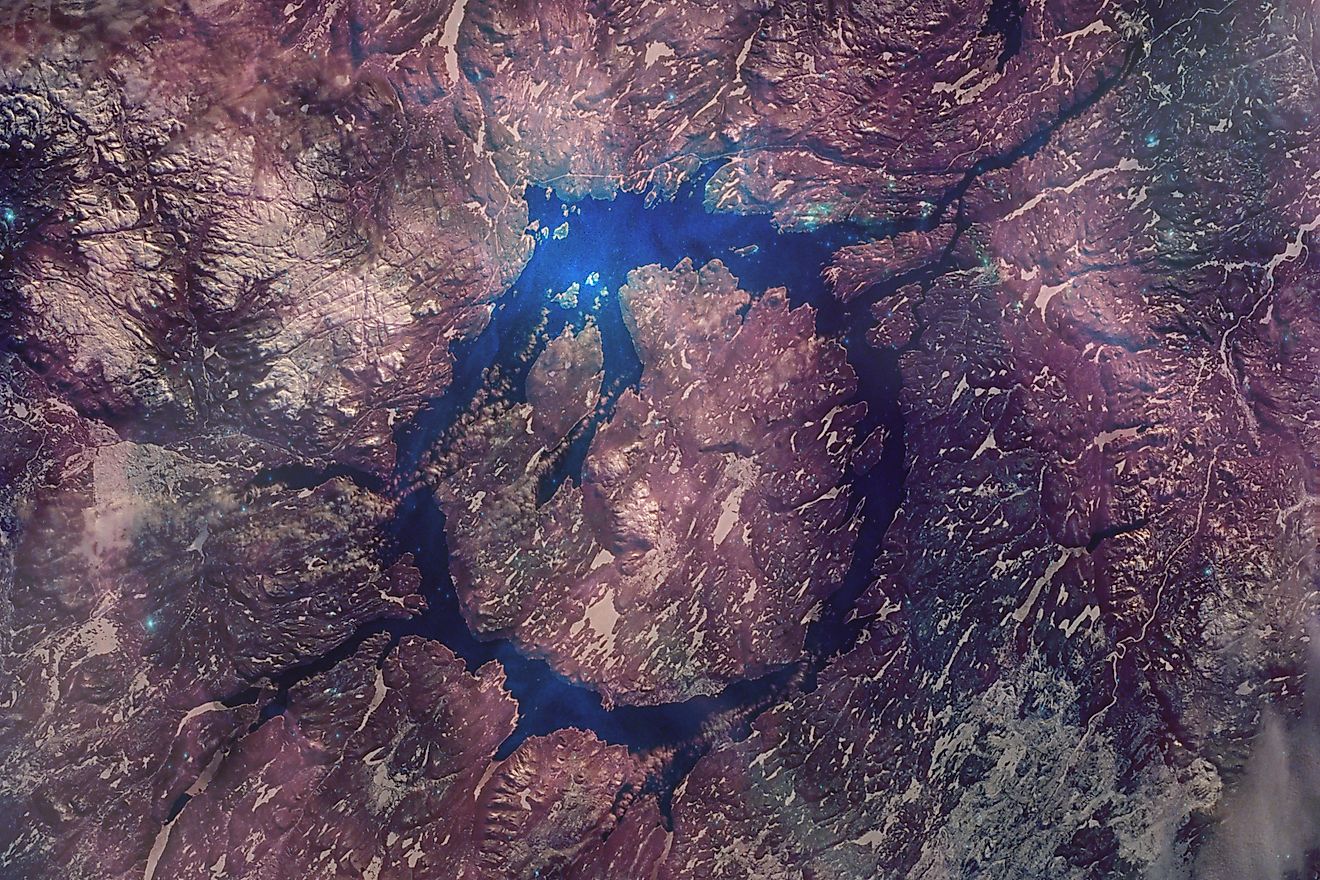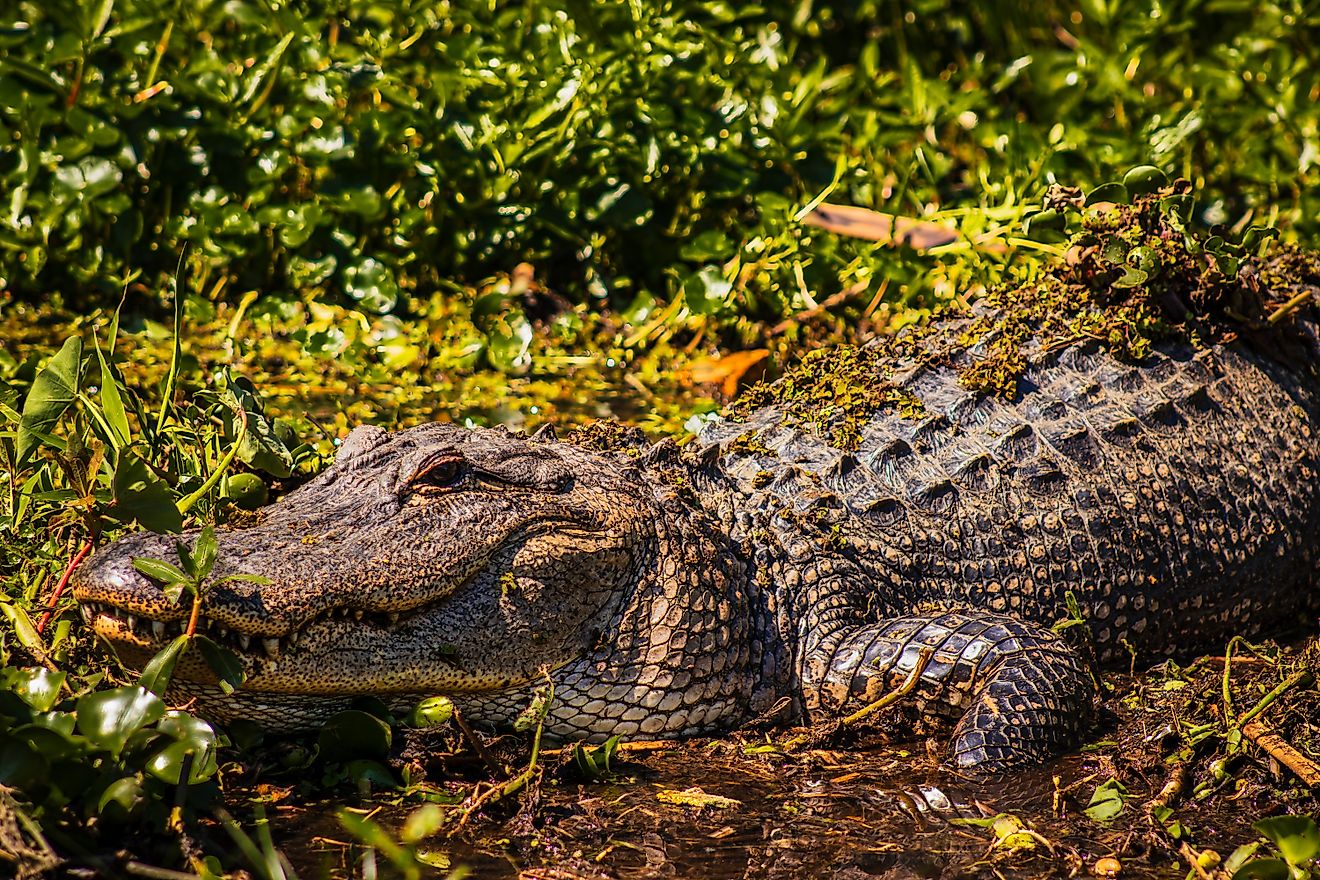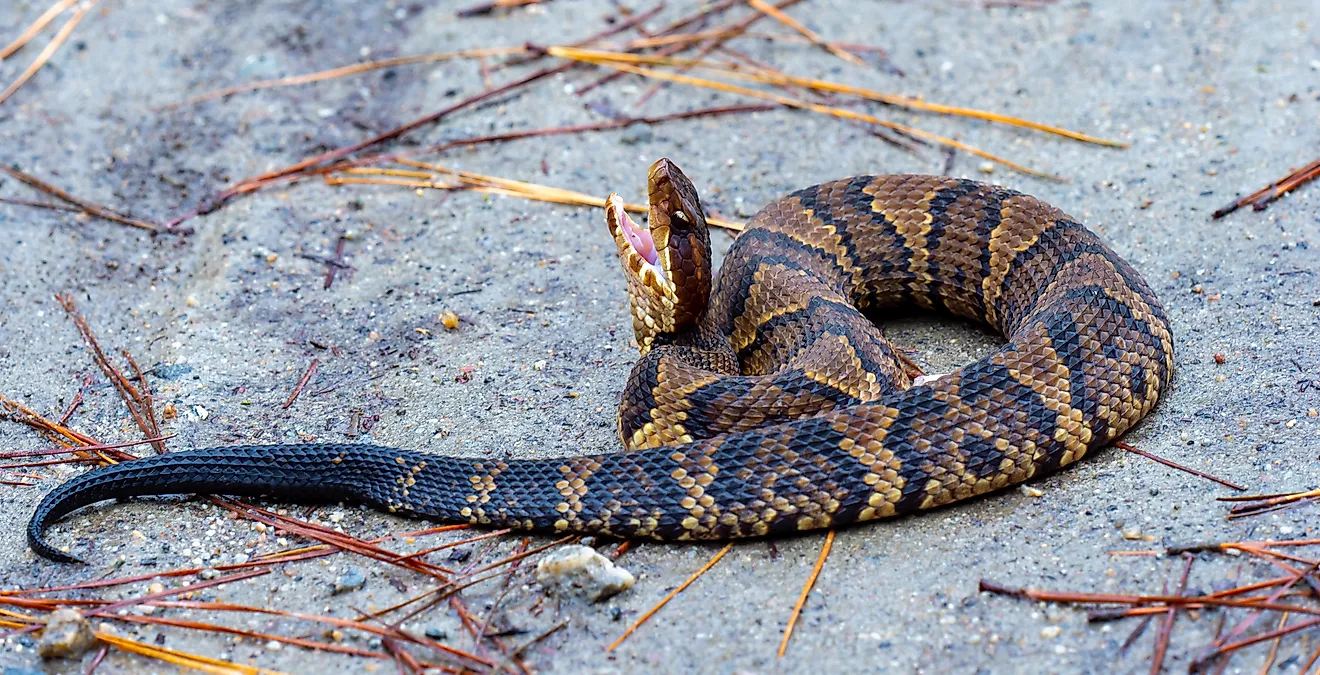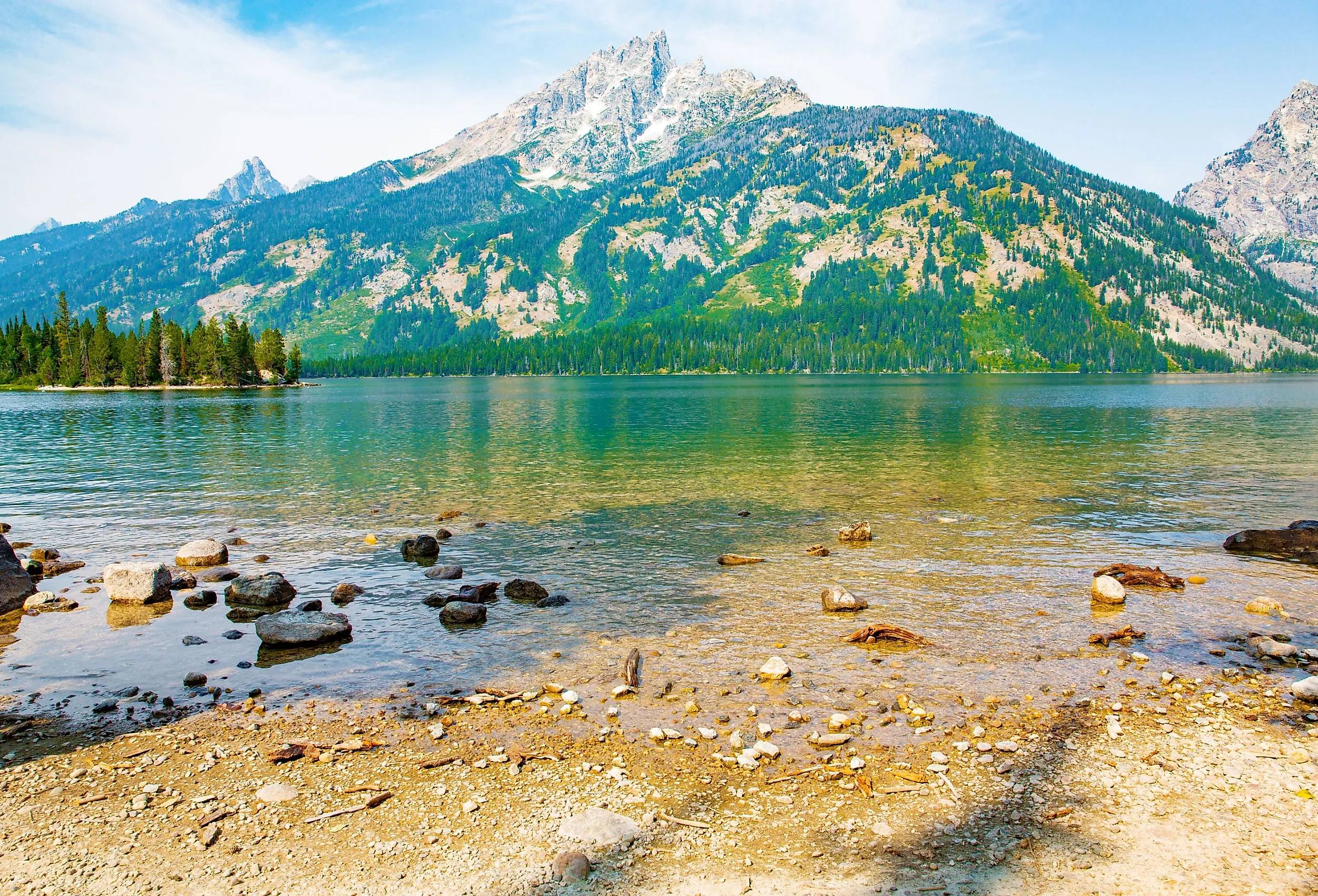
6 Most Snake-Filled Bodies Of Water In Wyoming
The great state of Wyoming is celebrated for its unrivaled national parks and North American icons like the bison and grizzly bear. At the same time, Wyoming is also home to its share of snakes. From the coniferous shores of alpine lakes to the craggy cliffs of sun-scorched reservoirs, 16 species call this four-season part of the country home, two of which are venomous. Given that this is the "Equality State," let's divert our attention from the showstopping mammals and give priority to some less conspicuous creatures. And though not all of these serpents demonstrate a propensity for water, a significant cast of characters does—including one or two sssurprisesss. These are the six most snake-filled bodies of water in Wyoming.
The Lakes of Grand Teton National Park
Along with the nearly 14,000-foot pillar-like peaks of the Teton Range and the benevolent valley at Jackson Hole, Grand Teton National Park harbors a plethora of pristine alpine lakes. This part of Wyoming also hosts three species of snakes, all of which are non-venomous and tend to gravitate toward permanent water sources.
Jackson Lake
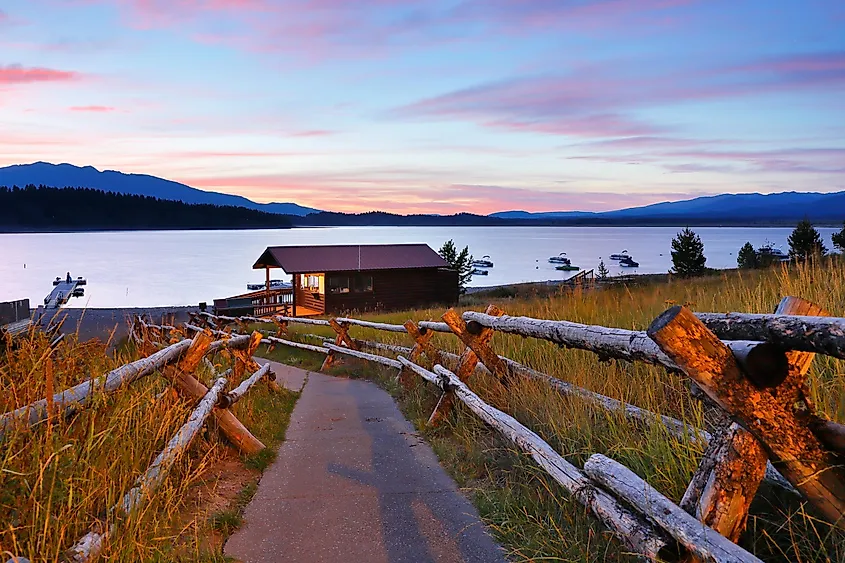
Of the 44 named lakes (plenty more yet to be christened) within Grand Teton National Park, Jackson Lake is the largest by far. In fact, at 15 miles long, 7 miles wide, and an elevation of 6,700 feet above sea level, Jackson Lake is one of the largest high-altitude lakes in the United States (but it will still be outdone further down this list). And given the scenery of the North Tetons and the four-season accessibility, this is also the park's most popular watering hole. Recreational boats, fishing boats, pontoon boats, and even sailboats sprout across the surface during the summer, as do wakeboarders, windsurfers, and waterskiers (Jackson Lake is the only lake within the park that permits waterskiing). Then, ice fishing, snowshoeing, and cross-country skiing become the activities of choice when the cold descends.
The most common of Grand Teton's four reptiles (not just the snakes, but the northern sagebrush lizard included) is the wandering garter snake (Thamnophis elegans vagrans). In fact, the wandering garter snake is the most widespread species of snake in the entire state, with Wyoming being but one key part of a territory that extends north into Canada and south to Arizona and covers everything from low-lying prairies to forests upwards of 10,000 feet in elevation. This incredibly adaptive creature is generally 20-30 inches long with a dull-grey or olive-brown base and pale-yellow/white stripes along its back and sides. The wandering garter snake is active between April and October, and enters a hibernation-like state (called brumation) for the remaining months of the year, and is most often spotted near calm waters, such as the fringes of Jackson Lake, as well as in the following two entries.
Jenny Lake
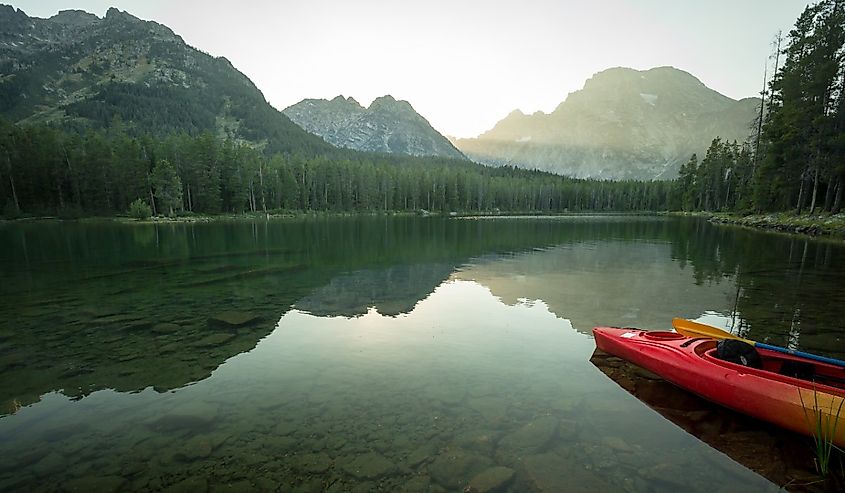
Just a little ways south of Jackson Lake, another of Grand Teton National Park's beloved attractions can be found. Jenny Lake is significantly smaller than its northern neighbor, but no less beautiful. Case in point: Teewinot Mountain, Mount St. John, and the park's namesake peak stand guard around the shoreline, while Cascade Canyon and Jackson Hole tease the lower-lying grandeurs to the west and east, respectively. Punching up the scenery is the Jenny Lake Visitor Center, housed within the renovated, 1920s Harrison Crandall Studio, and the interpretive signs of the easy-going Discovery Trail. In terms of more immersive hikes, one can complete a lake loop, branch off to Hidden Falls or Inspiration Point, or venture deeper into the backcountry from trailheads on Jenny Lake's western shore.
Along with the wandering garter snake and the rubber boa (whom we'll meet at our next lake), visitors to Jenny Lake might notice a brighter subspecies of garter snake: the valley garter snake (Thamnophis sirtalis fitchi). In contrast to the subdued qualities of the wandering garter snake, the valley variety has yellow/white/cream stripes along its back and sides, as well as red checkers over a black base. This subspecies also tends to be a bit longer (24-30 inches) and more aggressive than its wandering counterpart. However, similar to our first feature, the valley garter snake is usually active between April and September and does not stray far from permanent water sources, such as Jenny Lake.
Leigh Lake
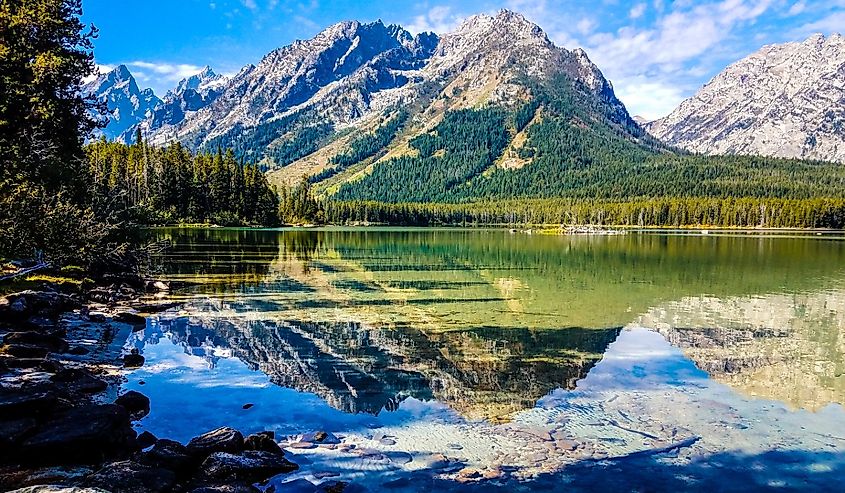
The third of our three Grand Teton lakes lies roughly equidistant between Jackson and Jenny Lakes. Unlike the two well-trafficked water bodies in the prior two, Leigh Lake can only be accessed by trail or non-motorized boat, and therefore, it thins out the tourist herd. Keeping with Leigh Lake's modus operandi, our third and final snake from this section of Wyoming, the rubber boa (Charina bottae), also likes to stay hidden. So-called because of its small, smooth scales and brown or greenish-brown appearance, the rubber boa is one of only two snakes throughout the United States that is related to the boas of the tropics, though, at a maximum of 28 inches, it is nowhere near as daunting.
While the rubber boa likes to be around well-wooded sources of water, it is both nocturnal and a burrower (whether under leaves, soil, or within existing rodent dens), and therefore not likely to hit the radars of day-hikers and paddlers. Instead, it is fellow reptiles, small mammals, and birds that need to keep an eye out for this inconspicuous constrictor.
Yellowstone Lake
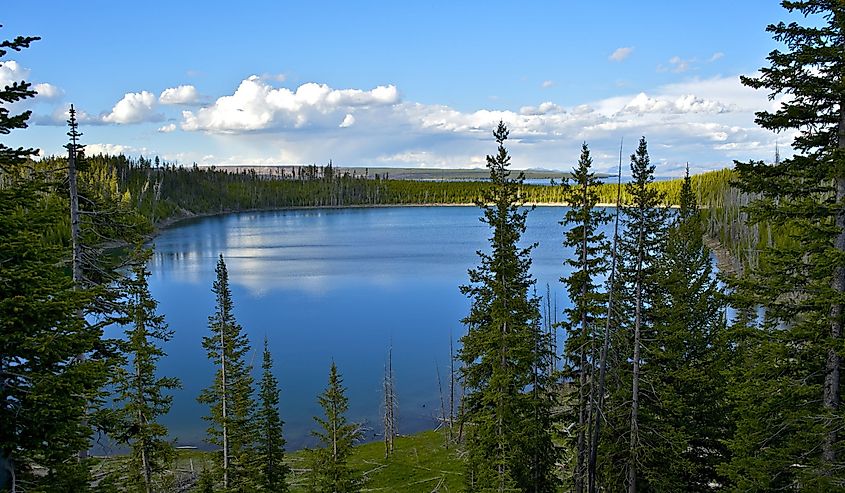
Like Grand Teton, America's first national park is home to several snakes adapted to the four seasons. Yellowstone National Park's 2.2 million acres have five known native species: the prairie rattlesnake, bull snake, rubber boa, common garter snake, and terrestrial garter snake. But with that said, the first two (i.e., the sole venomous variety and its visually striking copycat) tend to keep to lower elevations in the park's northern reaches, far from our subject in question: Yellowstone Lake. Before exposing the resident serpents, let's get more familiar with this exceptional lake.
At 20 miles long, 14 miles wide, and an average elevation of 7,733 feet above sea level, Yellowstone Lake isn't just the largest high-altitude lake in the country, but also above 7,000 feet in North America. Adding further clout to its sterling reputation, this record-setting lake is also home to the largest population of cutthroat trout in North America, a curious phenomenon given that this species is endemic to the Pacific Ocean and Yellowstone sits on the Atlantic side of the Continental Divide.
So what snakes can be found around Yellowstone Lake's expansive shore? Much like in Grand Teton National Park, the garter snakes have adapted to the higher elevation. The terrestrial garter (Thamnophis elegans) (cousin to the wandering garter), in particular, is a surefire bet. Commonly found throughout the park, and especially near water, this muted and harmless snake feeds on fish, amphibians, and creepy crawlies typical of lakeside soils. If you happen upon one around Yellowstone's shore, it will most likely continue on its way. But if threatened, rather than strike, it may release an off-putting musk from the base of its tail. I want to tell you that the colorful common garter snake (Thamnophis sirtalis) will also make an appearance, but contrary to its name, and for yet-to-be-determined reasons, this little fellow has been declining in the Yellowstone area. Nonetheless, permanent water sources are still preferred, and this has been confirmed around the Falls River drainage.
Alcova Reservoir
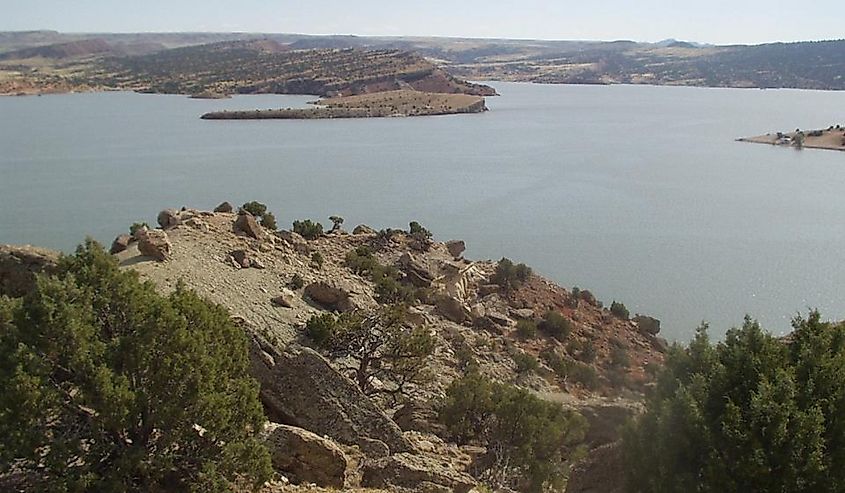
Now let's pivot from the national parks of western Wyoming over to the reservoirs of the eastern reaches to meet a new cast of characters. The Alcova Reservoir is a product of the Alcova Dam on the North Platte River. Situated just 30 miles southwest of the city of Casper, it is equipped with six campgrounds, eight boat launches, and a marina with boat rentals. Alcova is a haven for outdoor recreation, and annually restocked rainbow and brown trout supplies emerge. It is also a place where prairie rattlesnakes and bull snakes make appearances.
The prairie rattlesnake (Crotalus viridis) is one of only two venomous species slithering around Wyoming and, spanning the Great Plains from Canada down to Mexico, has the greatest range of any American-based rattlesnake. While this 5-foot-long pit viper doesn't show a propensity for the water directly, it has been seen in Fremont Canyon, just off the north shore of Alcova Reservoir. The lookalike bull snake (Pituophis catenifer sayi) is another heavy-bodied snake with dark blotches and a triangular head that has been showing up in Alcova-based social media posts lately. Unlike the prairie rattlesnake, the bull snake is non-venomous and does not have the distinctive rattle (though, in a continued effort to mimic its feared peer, bull snakes have been known to shake their tails rapidly).
Seminoe Reservoir
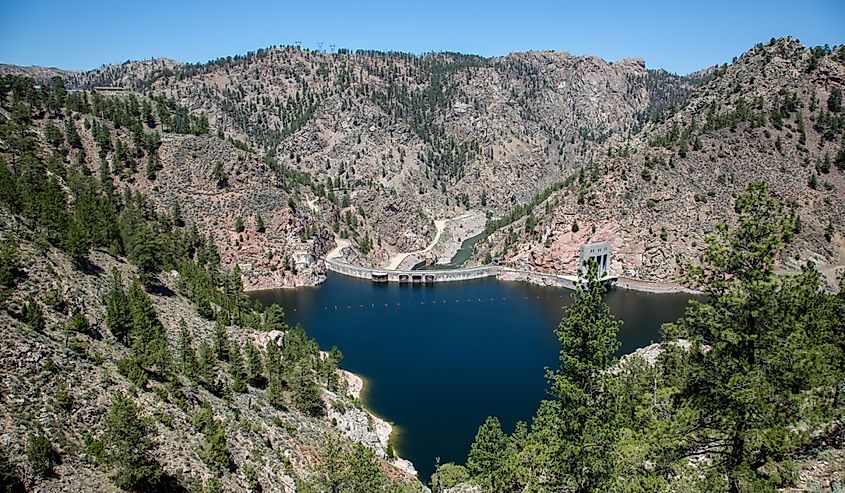
Given its proximity to Alcova, a trip to Seminoe Reservoir could also produce sightings of the prairie rattlesnake and bull snake. But in addition, though it sits slightly outside of the known boundary of the rare, midget faded rattlesnake (Crotalus oreganus concolor), multiple pictures from June, 2025 (courtesy of a diligent fisherman) confirm its presence at Seminoe Reservoir. Usually, the midget faded rattlesnake sticks to southwestern Wyoming and then through eastern Colorado and western Utah (possibly into extreme northwestern Arizona). Furthermore, this second of Wyoming's venomous snake species prefers to stay close to crevice-and-brush-ladled hillsides and cliff-faces (of which the bordering Seminoe Mountains would certainly oblige). And yet, there it is, 2-feet-long (estimated by the photographer), light-yellow with darker blotches, and a rattle protruding clearly as day as it swims the open waters next to the boat. So, while this appears to be an anomalous sighting, it would be wise for Seminoe State Park goers and other visitors to this 21-mile, sinuous reservoir to be mindful of both of Wyoming's rattlesnakes.
Be it at the base of mountains or the edge of the Great Plains, naturally derived or forged by dams, Wyoming harbors a wealth of water bodies that serve its native snakes through food sources and bioregulation. Often, these snakes stick to the periphery, but as we have seen, certain species sometimes show off their swimming skills. In either case, be mindful around these lakes and reservoirs throughout the fairweather season, but at the same time, take solace in the fact that encounters in these parts are predominantly with non-venomous varieties. If you come across one of Wyoming's two rattlesnakes (if it is indeed a rattler and not a bull snake), they'll be sure to signal you to stay back.
